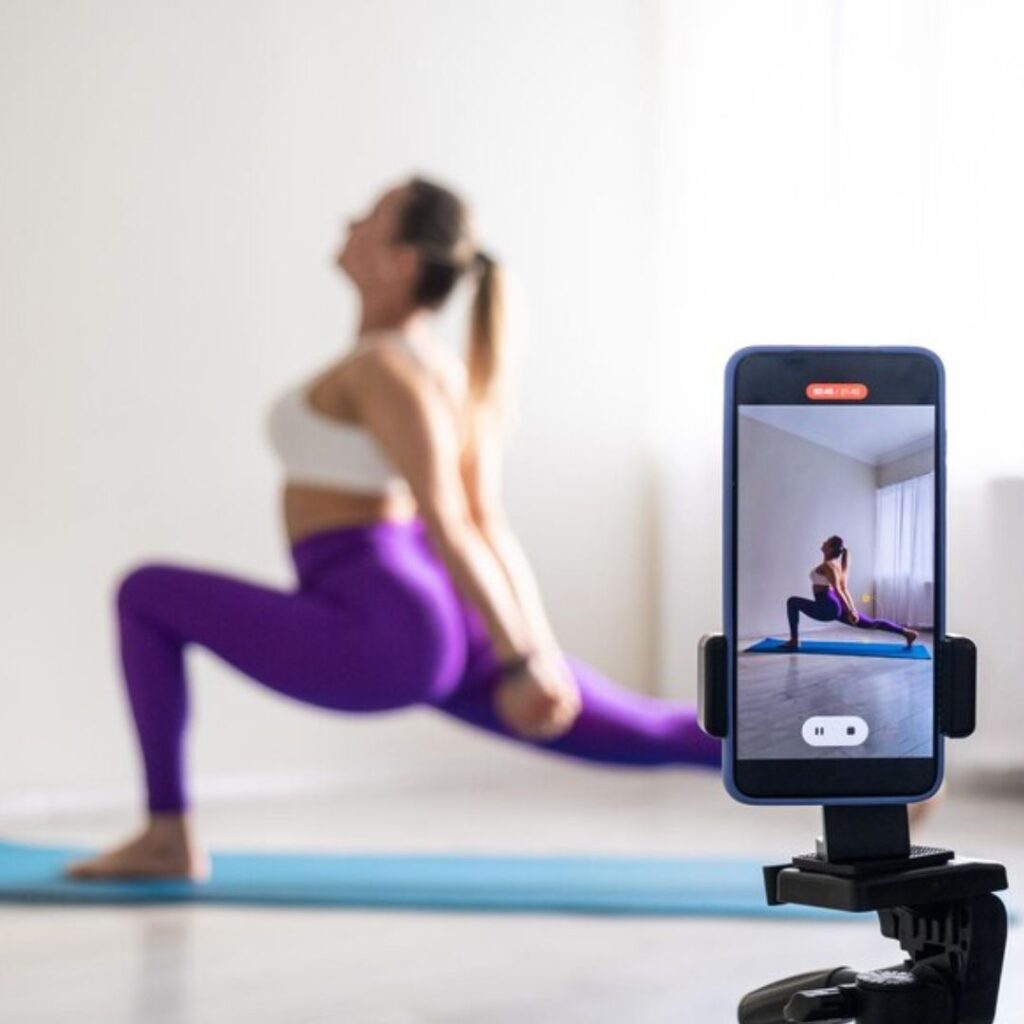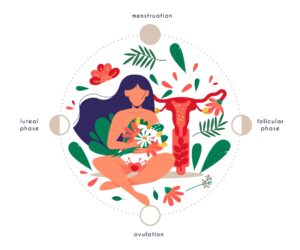Female Sex Hormones and Yoga A Holistic Approach...
Read MorePostpartum Yoga
for New Moms
Postpartum Yoga: A Gentle Path to Healing for New Moms
Becoming a mother is one of the most profound experiences in life, filled with immense joy and significant change. The postpartum period, while magical, can also be overwhelming as your body and mind adjust to the demands of new motherhood. Yoga can be a gentle yet powerful tool to support your recovery, helping you navigate both physical and emotional challenges.
This article will guide you through the common challenges you may face, the benefits of postpartum yoga and offer specific poses to aid your healing journey.
Challenges of Postpartum Recovery
The postpartum period brings a host of challenges that can affect both your body and mind. Understanding these challenges is the first step in navigating this transformative phase effectively:
- Physical Adjustments: After childbirth, your body undergoes significant changes. You may experience muscle soreness, pelvic floor weakness, and altered posture. The healing process often involves dealing with physical discomfort and restoring strength and flexibility.
- Emotional Shifts: Hormonal fluctuations, combined with the demands of caring for a newborn, can lead to mood swings, anxiety, and feelings of overwhelm. Postpartum depression and anxiety are real concerns that can impact a mother’s mental health.
- Sleep Deprivation: Caring for a newborn often means disrupted sleep patterns. This can contribute to fatigue and exacerbate emotional and physical challenges.
- Lifestyle Changes: Adapting to a new routine and balancing self-care with baby care can be challenging. Finding time for yourself may seem difficult but is crucial for overall well-being.
Physical Benefits of Postpartum Yoga
Yoga can be an excellent tool for supporting physical recovery during the postpartum period. Here’s how:
- Enhancing Core Strength: Postpartum yoga helps in rebuilding core strength, which is essential for stabilizing the pelvis and spine. This can alleviate back pain and improve posture, which may be compromised during pregnancy.
- Improving Flexibility: Gentle stretching and yoga poses can help restore flexibility and ease muscle tension. This can be particularly beneficial for new mothers dealing with stiffness from pregnancy and childbirth.
- Supporting Pelvic Floor Recovery: Yoga poses specifically designed to engage and strengthen the pelvic floor muscles can aid in recovery and help prevent issues such as urinary incontinence.
- Promoting Circulation: Postpartum yoga encourages blood flow, which can help reduce swelling and improve overall circulation. This is particularly useful for recovery from caesarean sections or vaginal births.
Emotional Well-being and Postpartum Yoga
Yoga’s benefits extend beyond physical healing to emotional well-being. Here’s how practicing yoga can positively influence your mental health:
- Reducing Stress: The mindful practice of yoga incorporates breathing exercises and relaxation techniques that can reduce stress and promote a sense of calm. This is especially valuable in managing postpartum anxiety and depression.
- Enhancing Mood: Yoga stimulates the release of endorphins, which are natural mood lifters. Regular practice can contribute to a more positive outlook and emotional balance.
- Encouraging Mindfulness: The focus on the present moment in yoga can help new mothers stay grounded and manage overwhelming feelings. Mindfulness practices can also improve emotional resilience.
- Fostering Connection: Yoga classes, especially those designed for new mothers, can provide a sense of community and support. Connecting with others in similar situations can be comforting and reduce feelings of isolation.
Yoga Poses for Postpartum Healing
Incorporating specific yoga poses into your routine can support various aspects of postpartum recovery. Here are some recommended poses:
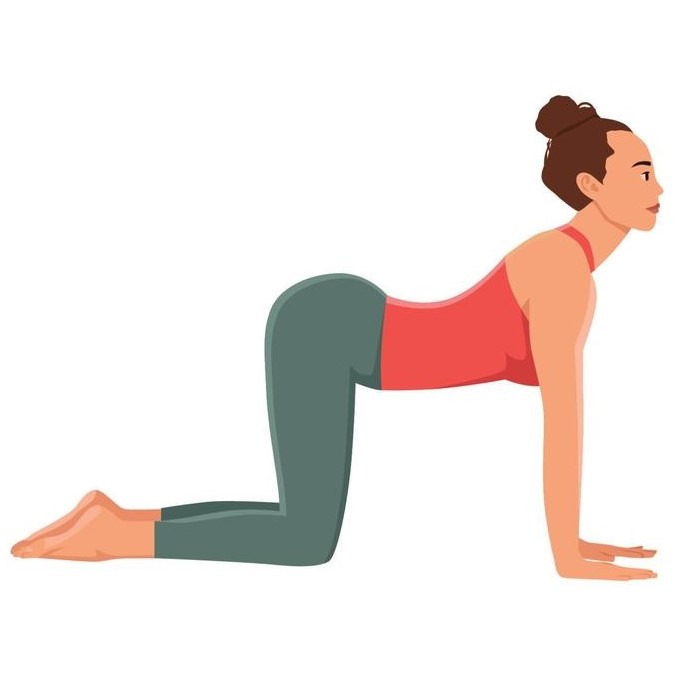
Marjaryasana-Bitilasana (Cat-Cow Pose)
This pose helps to gently stretch and strengthen the spine, alleviating back pain and promoting spinal flexibility.
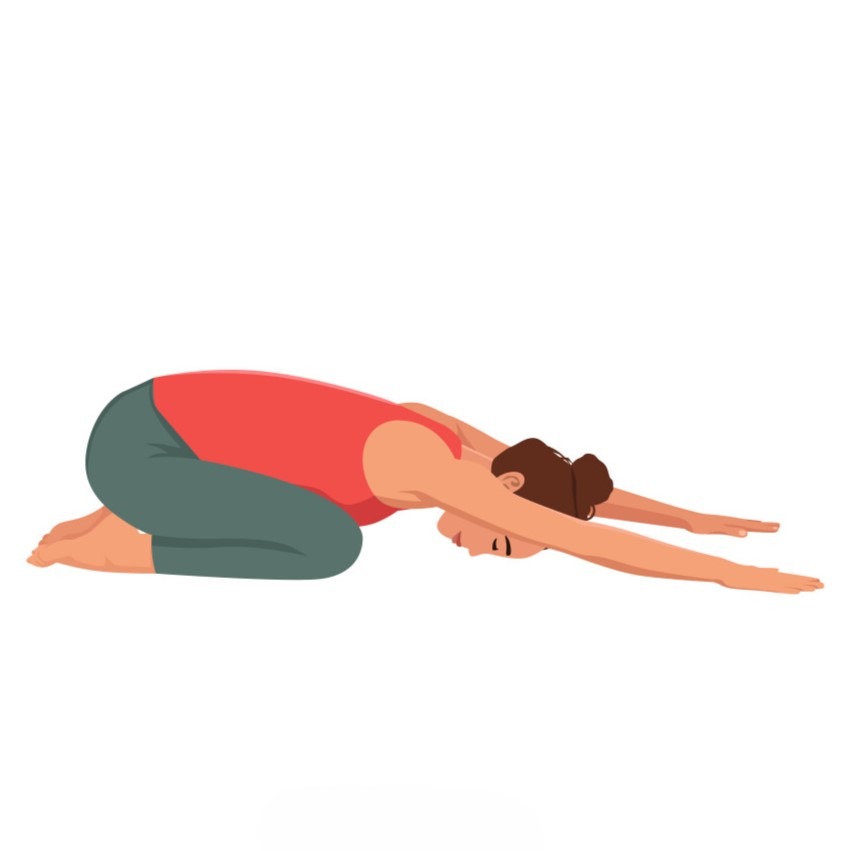
Balasana (Child’s Pose)
A restorative pose that encourages relaxation and stretches the lower back and hips. It’s also a great pose for catching a moment of rest.
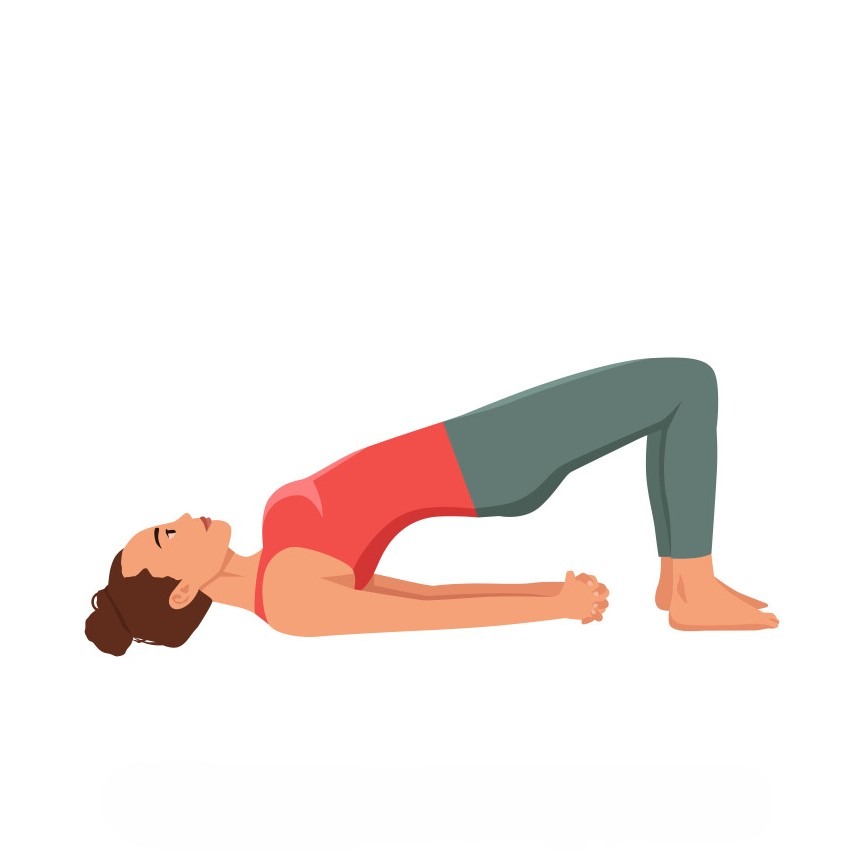
Setu Bandhasana (Bridge Pose)
Strengthens the pelvic floor and core while opening the chest and improving circulation. This pose is beneficial for pelvic recovery and overall strength.
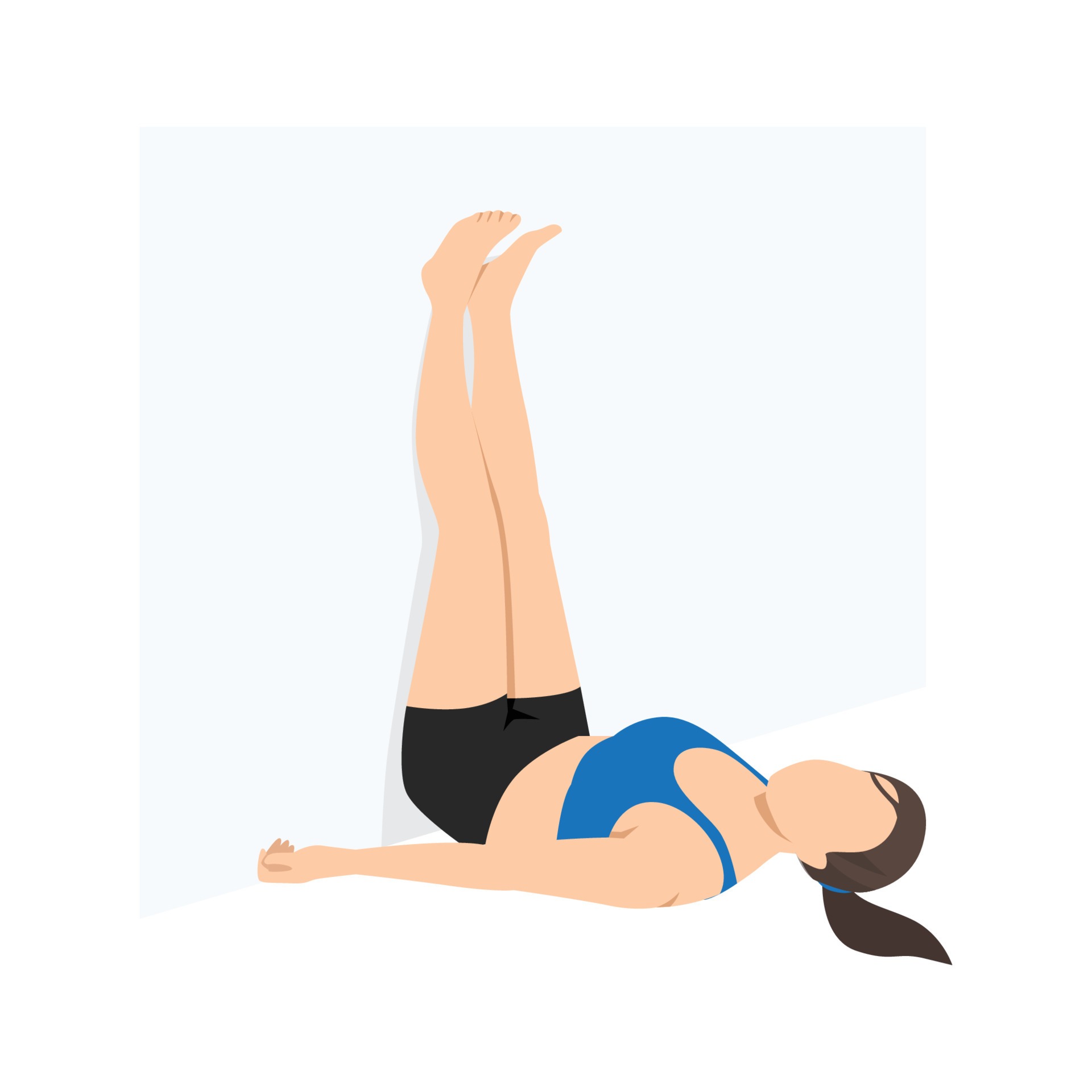
Viparita Karani (Legs Up the Wall)
A restorative pose that reduces swelling in the legs and promotes relaxation. It’s ideal for easing fatigue and calming the mind.
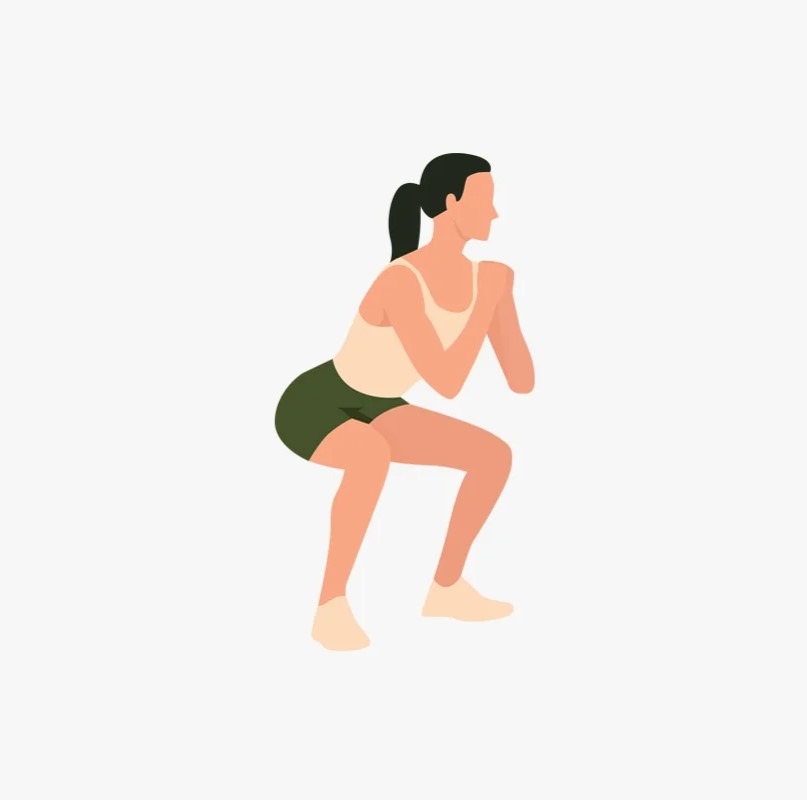
Body Weight Squats
Gentle squats can help in rebuilding lower body strength and improving flexibility in the hips and pelvic region.
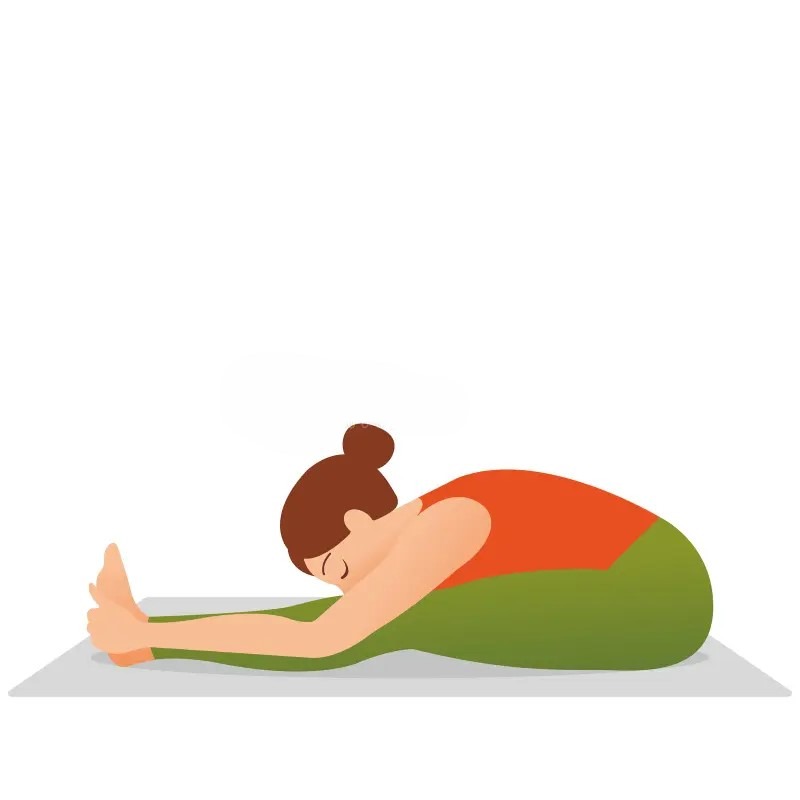
Paschimottanasana (Seated Forward Bend)
Stretches the hamstrings and lower back, which can be helpful for easing tension from carrying the baby and sitting for long periods.
Conclusion
Postpartum recovery is a multifaceted journey, and yoga can play a significant role in supporting both physical and emotional healing. By addressing the challenges of the postpartum period with targeted yoga practices, you can foster a smoother recovery and enhance your overall well-being. Remember to consult with a healthcare provider before starting any new exercise routine, especially after childbirth. Embrace the journey with patience and compassion, and let yoga be a supportive partner in your postpartum healing process.
Frequently Asked Questions about Postpartum Yoga
It is generally recommended to wait until after your postpartum check-up (typically around 6 weeks) before beginning yoga. Always consult with your healthcare provider to ensure it is safe for you.
Yes, yoga can help alleviate symptoms of postpartum depression by promoting relaxation, reducing stress, and improving mood through physical activity and mindfulness.
Avoid poses that place excessive strain on the abdominal muscles or involve deep twists until you have fully recovered. Always listen to your body and consult with a yoga instructor if you have concerns.
Yes, yoga can complement other forms of postpartum exercise, such as walking or strength training. Ensure that your overall fitness routine is balanced and tailored to your recovery needs.
Aim for 2-3 times per week to start, and adjust based on your comfort level and recovery progress. Consistency is key, but it’s important to listen to your body and avoid overexertion.
Wear comfortable, breathable clothing that allows for ease of movement. Supportive bras and leggings or yoga pants are ideal for postpartum yoga practice.
Yes, but you should wait until you have been cleared by your healthcare provider. Begin with gentle poses and focus on recovery, gradually increasing intensity as you heal.
Read Our Other Articles
How PCOS Impact your Mental Well-Being?
How DoesPCOS Impact YourMental Well-Being? Get 5 Day...
Read MoreBook Free Demo Class
45 Min Live Interactive Online Class
